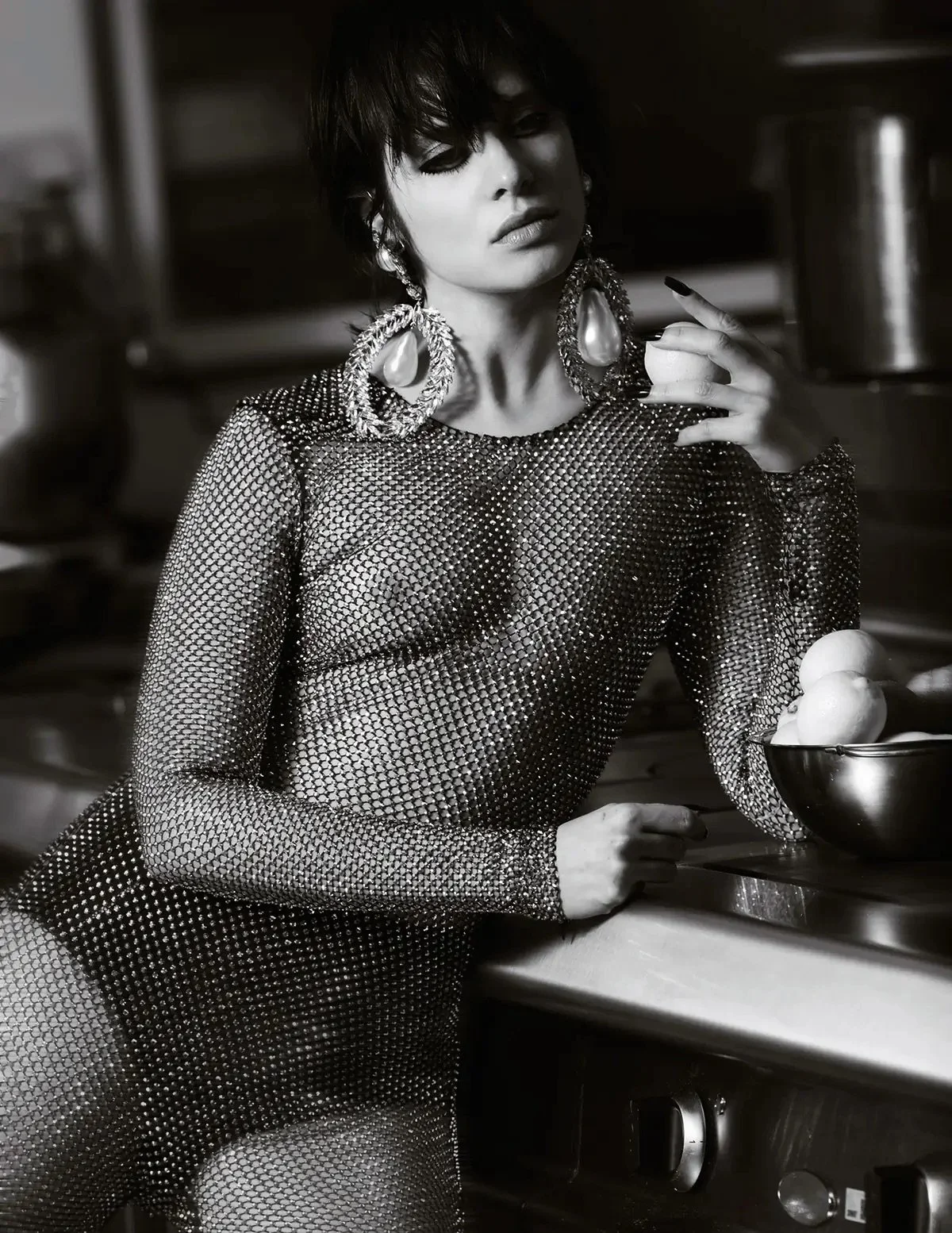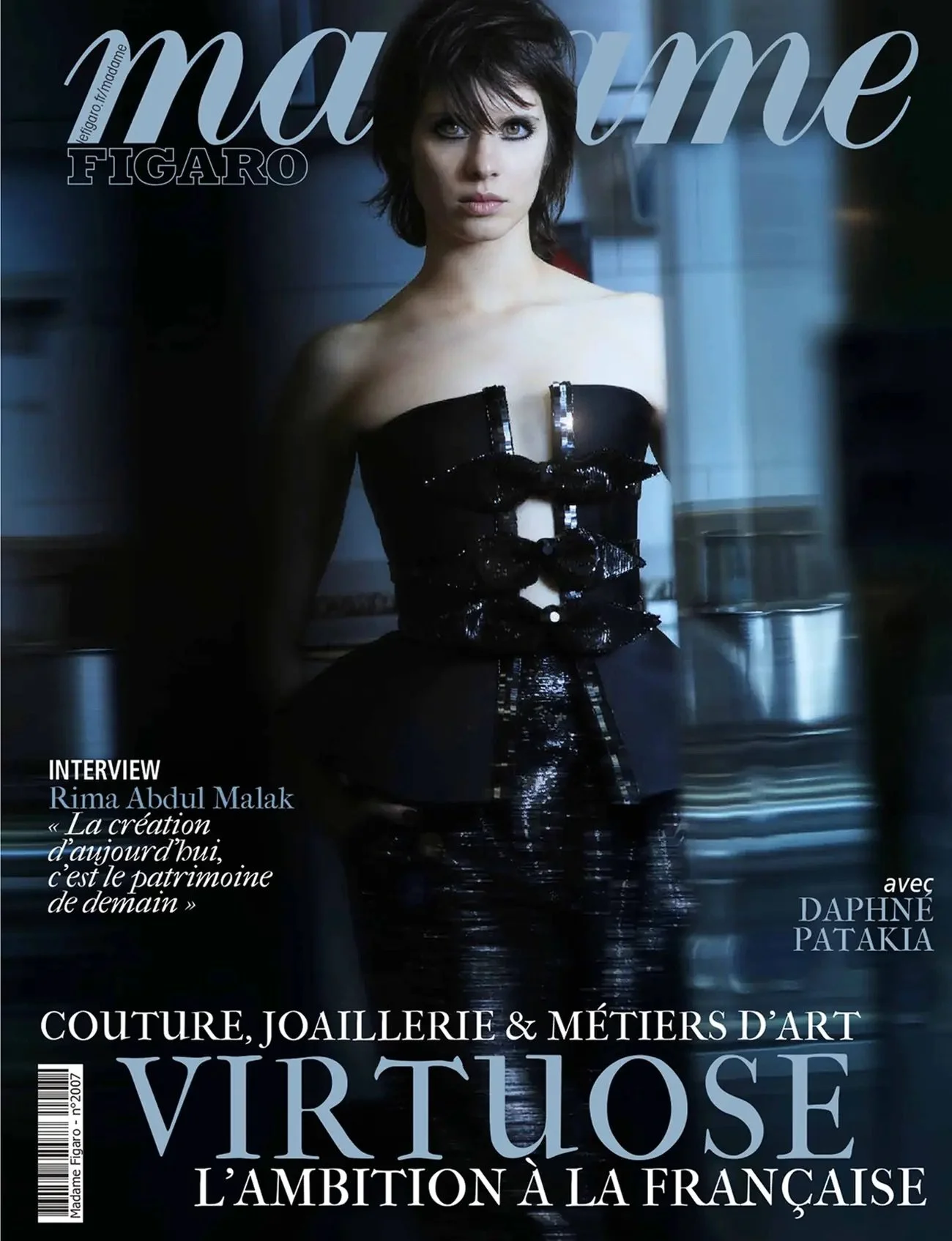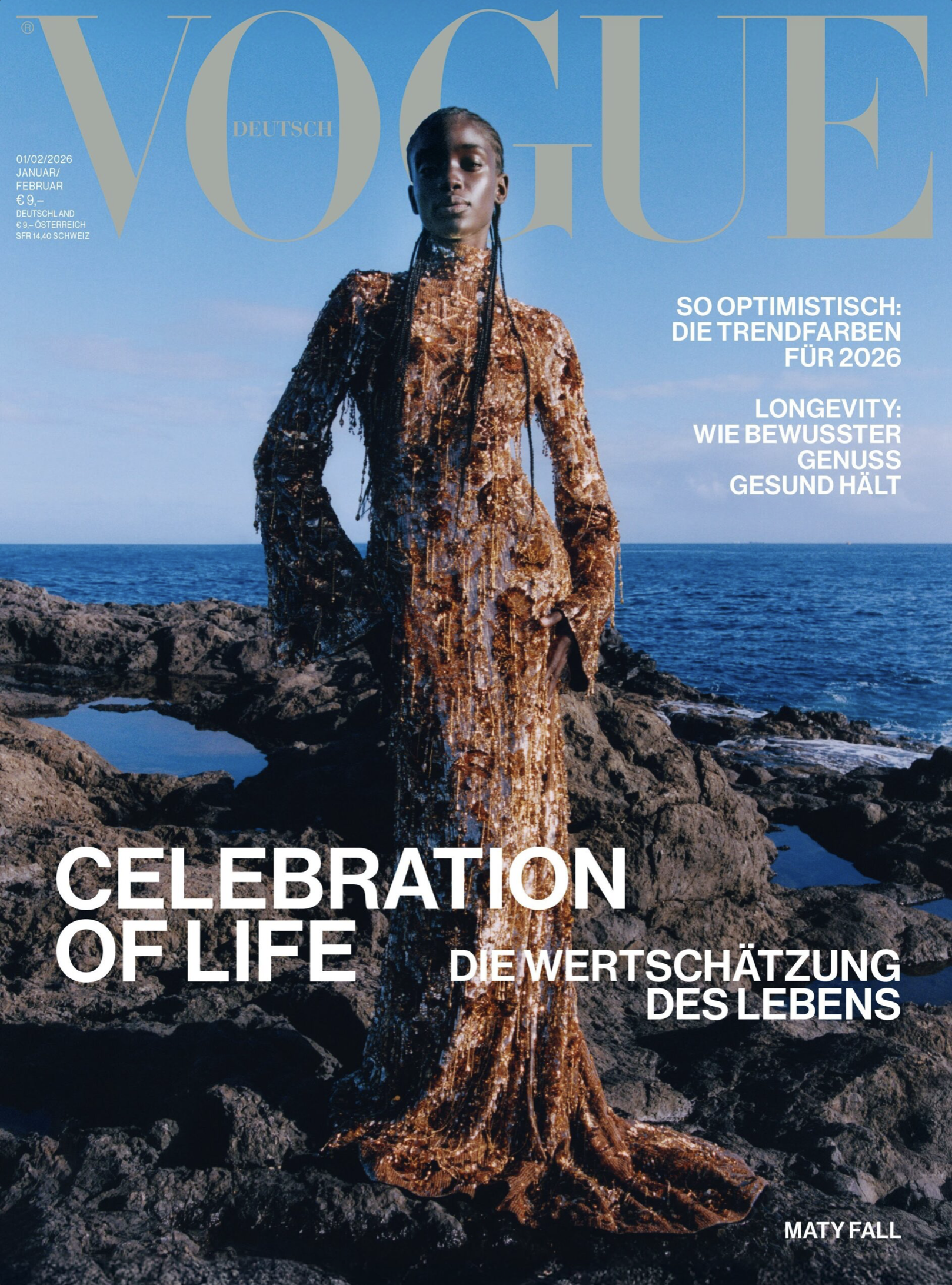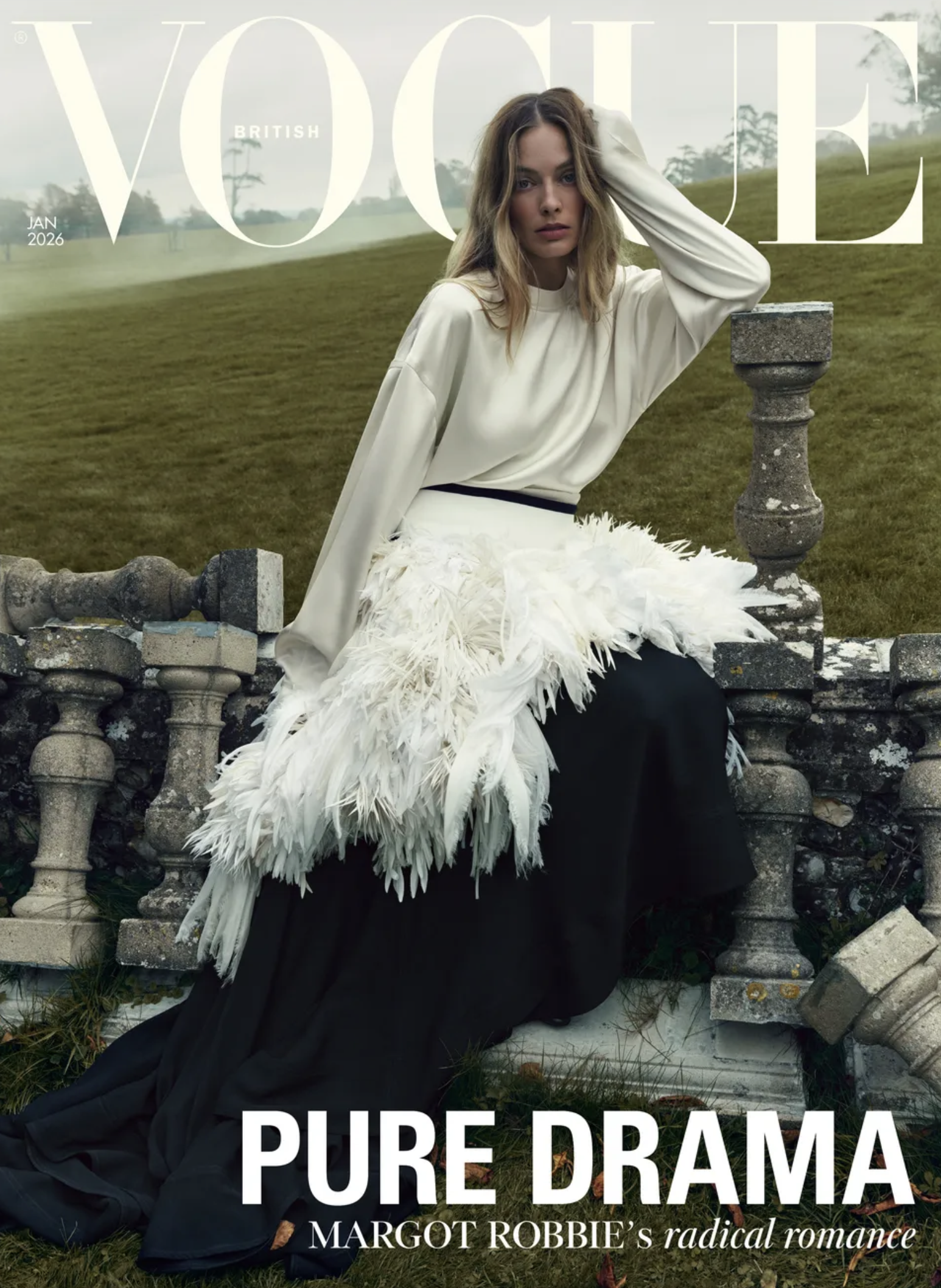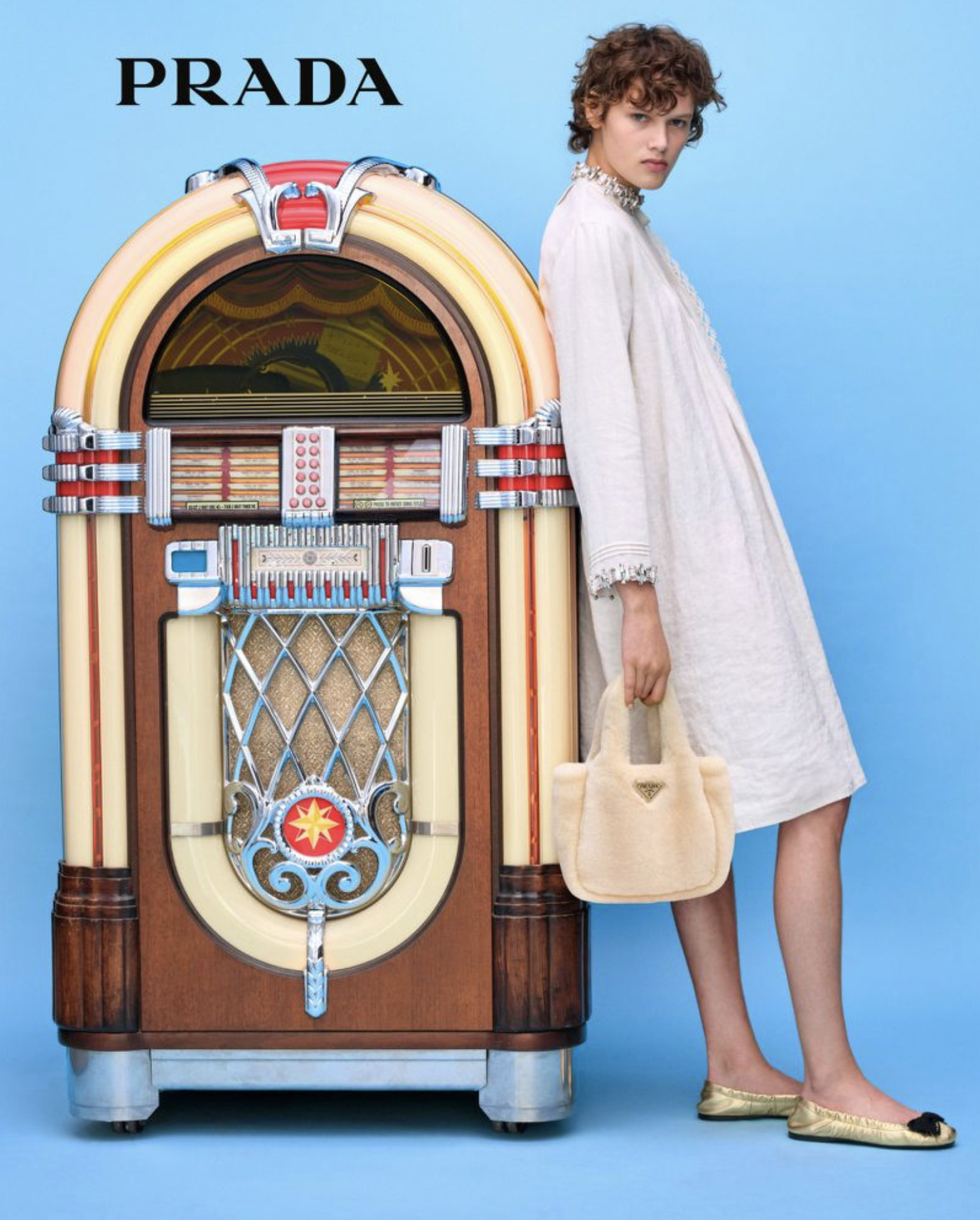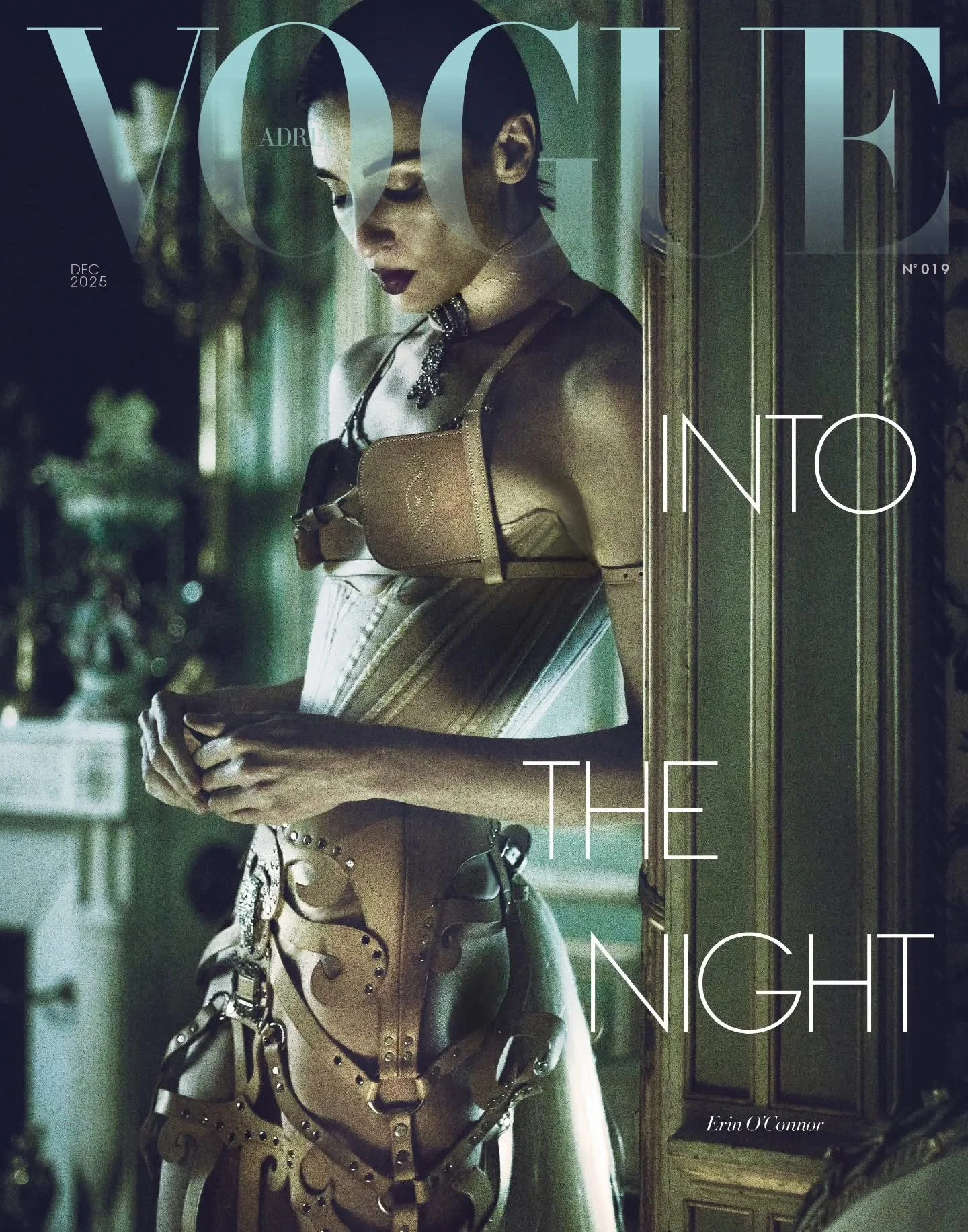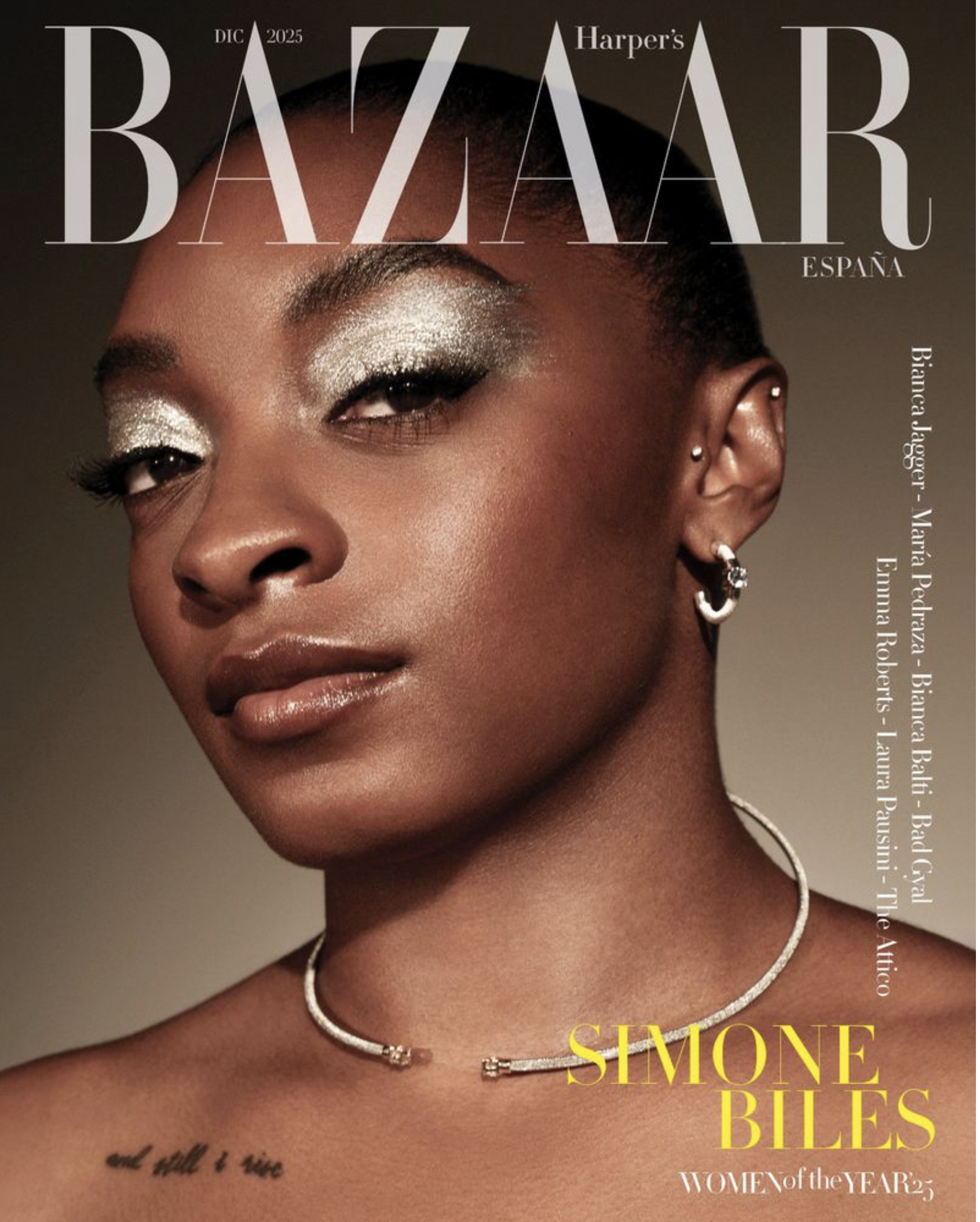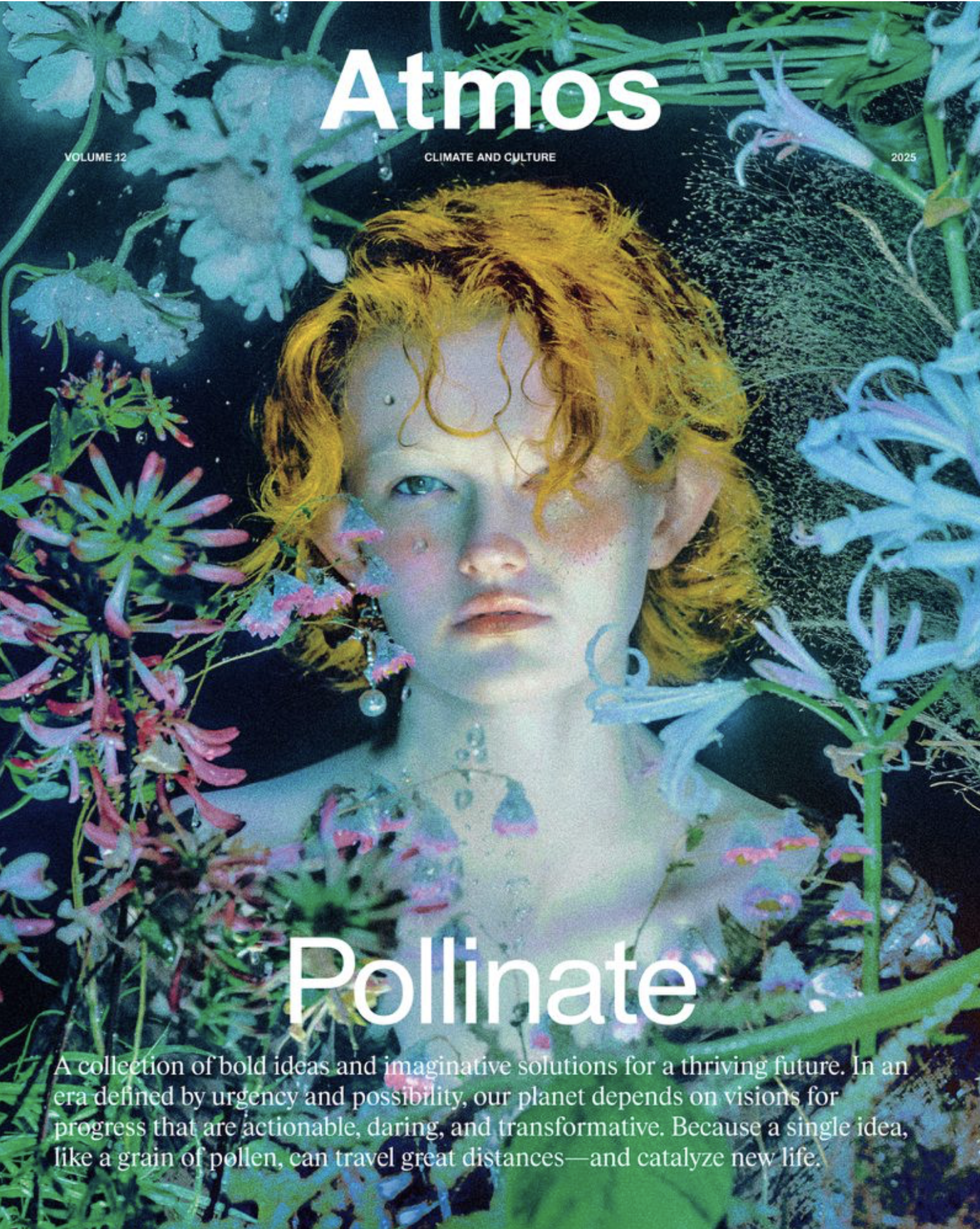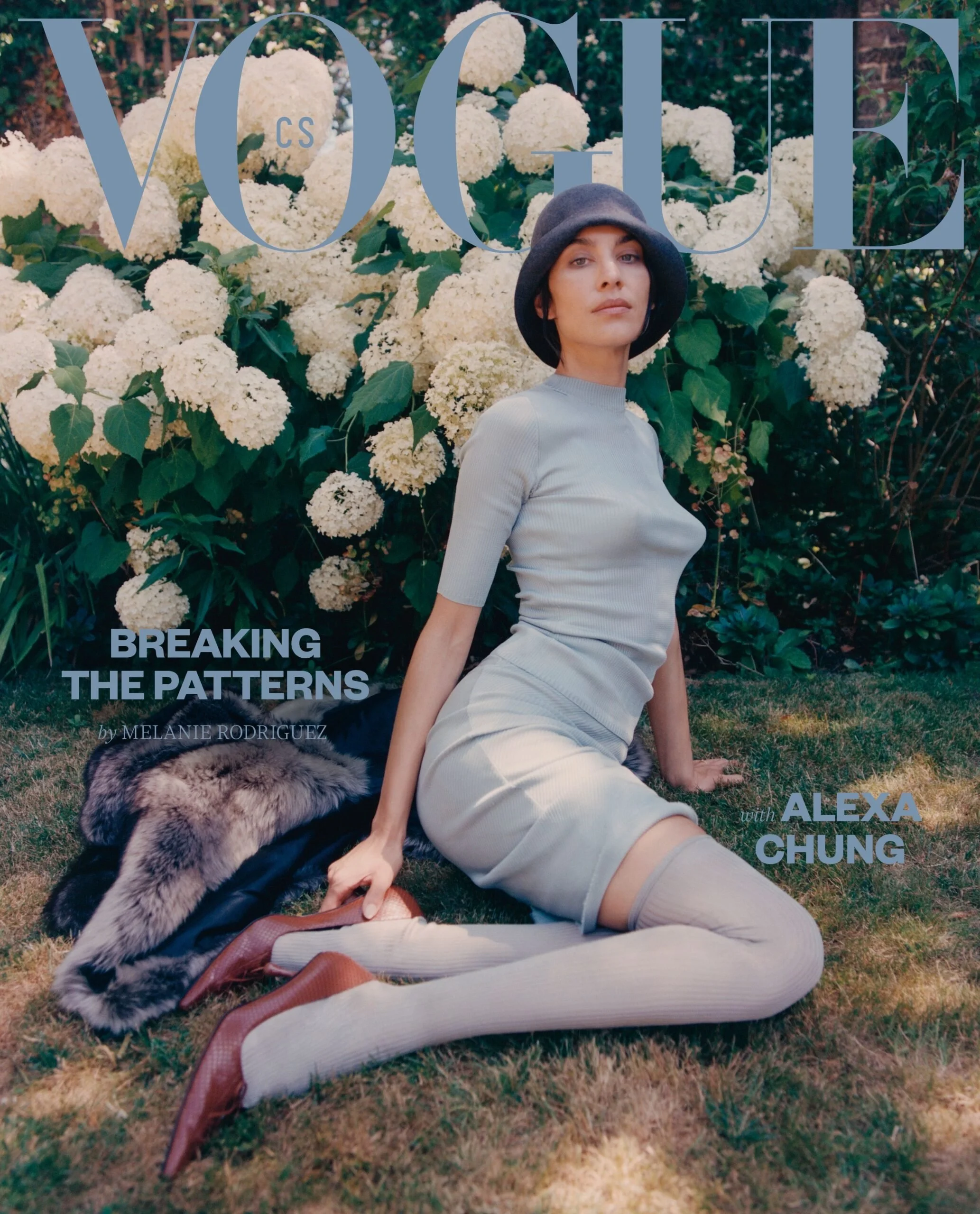Daphné Patakia Covers Madame Figaro Feb. 10, 2023, Evening Dress Fashion by Luc Braquet
/Actor Daphné Patakia covers the February 10, 2023 issue of Madame Figaro, joining male model Sasha Cortesi in a fashion story of sparkling, haute couture elegance from the biggest luxury brands. Photographer Luc Braquet [IG] captures the fashion action styled by the Cécile Martin. / Hair by Christoph Hasenbein; makeup by Marie Dufresne
Madame Figaro writes: “The actor was born in Brussels in 1992 into a family of Greek exiles who fled after the colonels' coup. “My parents were on the left. Everyone knew it. It was impossible for them to stay in Greece. It was too dangerous. By settling in Belgium, they took with them a large part of the country. At home, Daphne listens to Greek music, especially Mikis Theodorakis, the symbol of resistance to the dictatorship, reads Greek literature, speaks Greek, eats Greek, watches Greek television. "When I was little, during the weather, we showed a big sun and I looked out the window and it was falling... It took me a long time to understand."






